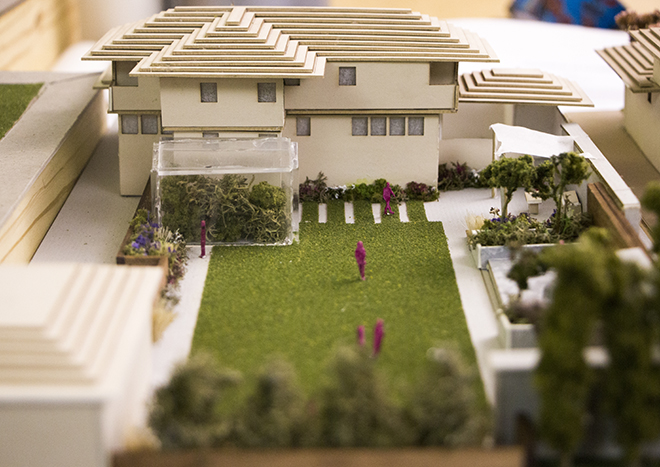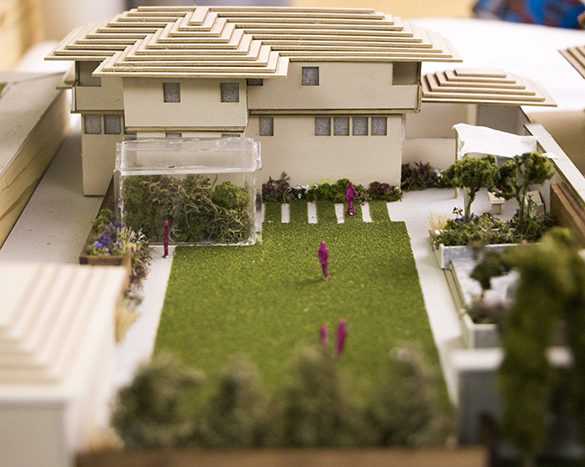The 50 year anniversary of the College of Architecture and Planning is a time both faculty and students say they choose to look to the future and look back at the past. A current professor in CAP recalls the time he spent before graduating in the first CAP class 50 years ago.
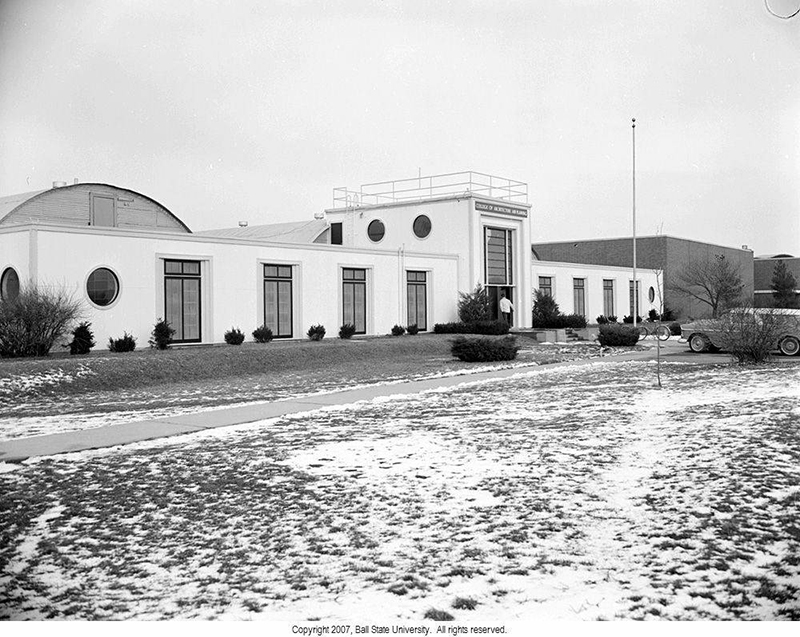
 Harry Eggink met with the dean of a college that didn’t yet exist 50 years ago. The College of Architecture and Planning was opening its doors in the fall, and Dean Charles Sappenfield convinced Eggink to attend Ball State with promises of a great new college on campus.
Harry Eggink met with the dean of a college that didn’t yet exist 50 years ago. The College of Architecture and Planning was opening its doors in the fall, and Dean Charles Sappenfield convinced Eggink to attend Ball State with promises of a great new college on campus.
Eggink took a chance and enrolled, not knowing what the college would even look like.
“We came here with a lot of students and three faculty members to take us on,” Eggink said.
Eggink still remains at Ball State today as a professor, teaching classes in the architecture and urban design programs.
Since 1965, CAP has changed a lot about its buildings and the technology that it uses. When the college first opened, it was housed in a converted reserve naval armory building on campus. In 1972, the college moved to inhabit what is commonly known as the “tower” portion of the CAP building today. The class size grew, and so did the building, with the addition added in 1980.
When Eggnik accepted his diploma, the first graduating class of CAP was composed of a little more than 30 students, all of them male. Today, CAP is home to around 750 students.
The technology of CAP has also transformed as the years have passed. When CAP first opened, students took what were many of their first computer classes, which included writing their own programs. Another innovative idea from the past was Xerox scanners. Students were able to easily duplicate their work.
Today, the building houses a lot of innovative technology that didn’t exist in 1965, including a robotic arm, visual reality helmets and 3-D printers. This technology is used to speed up the same processes that existed 50 years ago.
“It amounts to how fast you can do things,” Eggink said. “Tools have changed and tools are added.”
Regardless of these changes, most members of the CAP family agree that everything else about the college has remained the same.
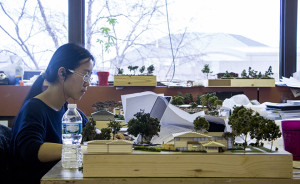
“The college of today is that same college that was founded 50 years ago. The DNA of the college remains the same. We have evolved, but you don’t see dramatic points of infliction in our timeline,” Guillermo Vasquez de Valasco, Dean of the College of Architecture and Planning, said.
It’s not only the faculty that believes the college stands by the same principles, but students in the CAP program can see it too.
“The ideas and what’s being taught at CAP are central to 50 years ago when it started. That’s what’s great is that it has that founding. While style and technology have changed, those core ideas about what we study and how we design have still stayed central,” Bryan Beerman, a current graduate student of architecture at CAP, said. Beerman also completed his undergraduate at CAP.
The college’s strong foundations in its programs have remained the same over the last 50 years, leading the college to national recognition. Just a few of the many awards CAP has received over the years include recognition as one of America’s world-class schools of architecture and a spot in the top 10 in the nation by Design Intelligence for the landscape architecture program.
Beyond the awards and recognition, the college stands out from other architecture programs around the nation for many other reasons. One of those is the family-like atmosphere.
“The longer I’ve been at CAP, the more I’ve learned just how much of a family CAP is, and I think that’s something that really distinguishes CAP from every other architecture program,” Beerman said.
As the college gets ready to celebrate its special anniversary, everyone involved feels the energy associated with the milestone.
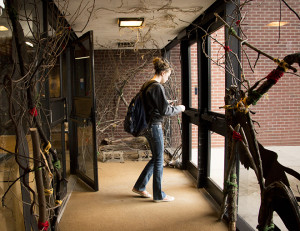
“I’m so lucky to be going to school and actually graduating the year of our anniversary,” Beerman said. “I think there’s a lot of energy right now in the CAP building and it’s such an exciting time to be a part of CAP. It’s not just an ordinary year, but one that’s celebrating everything that CAP has been in the past.”
To mark this special day, CAP is creating a time capsule, but instead of adhering to tradition and placing items from the present, they will be placing predictions of the future inside.
“I think that my entry in that time capsule, even though I probably won’t be here to open it, will read that CAP will continue to be CAP,” Vasquez de Valasco said. “Our DNA is so strong that they will still believe in the studio, they will still believe in learning without borders, they will still believe in collaboration and they will still believe in the perpetual learner.”


